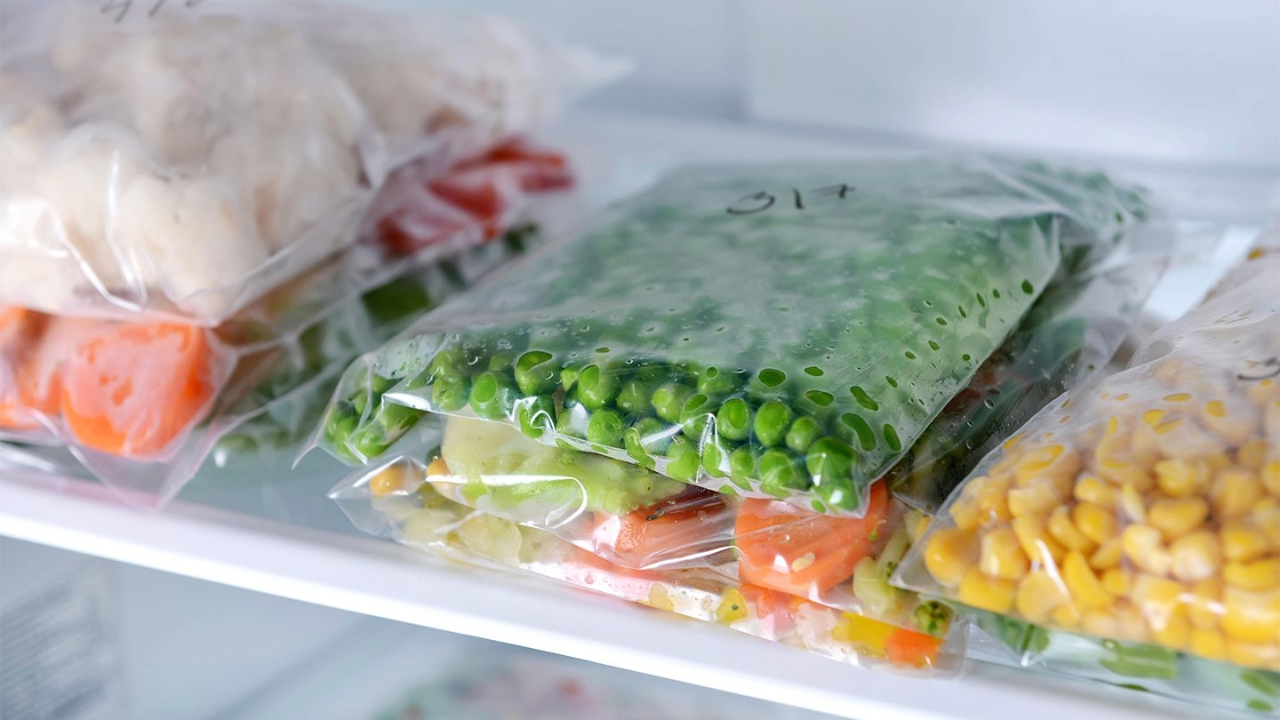Freezing food is an excellent way to extend its shelf life and reduce waste, but not all foods resist freezing equally. Some foods, however, retain their flavor and nutritional value when properly frozen. Here are some examples:
Fruits and vegetables
Many fruits and vegetables can be frozen successfully. They usually need to be pre-washed, cut, and in some cases blanched (dipped in boiling water for a short time) before freezing. This helps preserve the texture and flavor. Examples include strawberries, blueberries, broccoli and spinach.
Lean meats: Lean meats such as chicken breast, turkey breast and lean pork can be frozen without losing flavor or nutritional value. Be sure to pack them airtight to avoid freezer burn.
Fish
Fish like salmon, tilapia and cod are excellent candidates for freezing. They retain their flavor and nutritional benefits, like omega-3 fatty acids, when frozen properly.
Soups and Sauces: Homemade soups and sauces can be frozen in individual portions and reheated as needed, maintaining their flavor and quality.
Breads and Pasta
Breads, rolls and pasta like pasta can be frozen to maintain their freshness. Be sure to pack tightly to prevent ice crystals from forming.
Remembering that, when freezing any food, it is important to use suitable packaging, remove as much air as possible and label it with the freezing date to guarantee quality. Additionally, freezer storage time should be limited to preserve flavor and nutrients. By following these tips, you can make the most of the benefits of freezing food.
So, did you like to know about it? Tell us here in the comments and don't forget to share with your friends and family



